In Dikolo, one of the chiefdoms of the village of Bimbia – South-West region, Cameroon, is a slave port, from where more than 10% of the 12 million slaves exiled to the Americas during the transatlantic slave trade are said to have left.
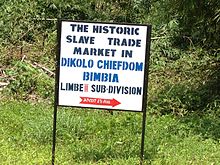
Post contents
Bimbia
The village of Bimbia was an independent state of the Isubu ethnic group until the German colonization of Cameroon in 1884. It was named after one of its rulers, King Mbimbi, and is located on the heights of the seaside town of Limbe. It is made up of 3 sub-villages or chiefdoms: Bona Ngombe, Bona Bille, and Dikolo, cradle of the slave market.
Hard to access, the site is at 12 km of rocky track (muddy in the rainy season) or at 1h30 by car from the bay of Man O War Bay in Limbe, then about 3 km on foot, following the same path taken at the time by those sold in exile. It is there that the first ruins emerge buried in a dense forest.
Its cultural significance
Protected by the dense forest of Bonadikombo, the site was only discovered in 1987 during earthworks on the location of the church built in memory of Alfred Saker, an English missionary.
Among the ruins still stands monumental brick and stone pylons bearing marks that suggest where the captives were chained.
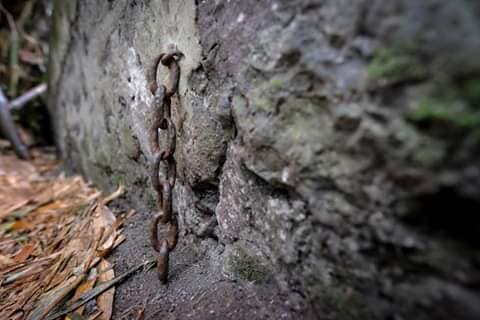
We find old utensils used by slave traders, heavy chains nearly two meters long. One can thus imagine the atrocious suffering endured by the people in chains.
New excavations could reveal other remains in Douala where slave markets were held directly on the Wouri River and in Rio del Rey.
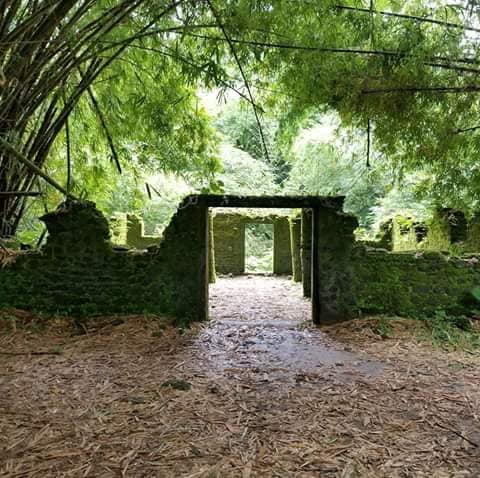
The port served as a transit area, warehouse, market, and embarkation point for slaves coming from or in transit through Bimbia. 2 393 registered men, 42.3% of whom were children, boarded here, 2 078 having reached their destination according to written documents dating from this time.
King Bile, nicknamed King William I of Bimbia by the English, was one of the active participants in the traffic. He convinced the chiefs of the other two Isubu villages to take part in the trafficking even after slavery was abolished. Slaves of the hinterland were thus provided to the Westerners. Not knowing how to swim, and therefore without an escape route, they were parked on Nicholls Island where the depth of the water allowed slave ships to retrieve them in order to send them into the unknown.
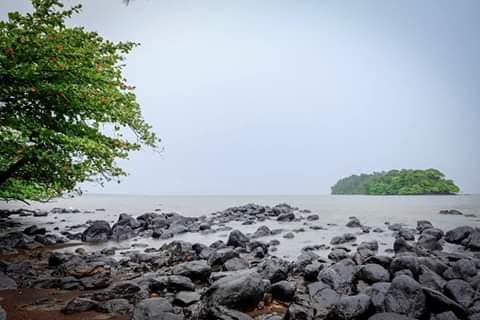
The forgotten truth
The Bimbia site remains little known to Cameroonians. Many are in fact surprised to learn that Cameroon is one of the centers of the slave trade. Therefore, as this fails to be recorded in Cameroonian history textbooks, theatrical performances on the site are often given to commemorate an era that fortunately is passed.
Although classified as a national heritage of the Repulic of Cameroon. It is still submerged by high vegetation and the buildings are in ruins. But because of its history, Bimbia is one of 114 African sites identified in 2014 as part of Unesco’s historical heritage, which could accelerate its restoration and popularity.
Lisa Aubrey, an American political scientist, and teacher in the department of African and African-American studies at the University of Arizona puts forward the figure of 46,000 to 68,000 slaves sold for the whole of Cameroon, which would make it an important center of the slave trade.
Although with its high traffic rate, statistics indicate that more slaves left from Douala than from Bimbia between 1777 and 1821, so much more than from the Gorée Island in Senegal to which it is unfairly compared.
Trailing their origins
More than 8,000 African Americans have thus identified their Cameroonian origin and their slave ancestors would have probably left the port of Bimbia. Among them, according to the press, there would be the famous music producer Quincy Jones, the former United States Secretary of State Condoleezza Rice, and the actor Blair Underwood who besides made several raids in what would seem to be his village. of origin, Babungo, located in the Northwest region.
Sources:
Jeuneafrique.com
Wikipedia.com
Lemonde.fr
Agencecamerounpresse.com

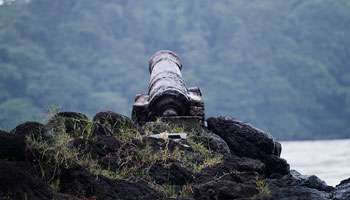
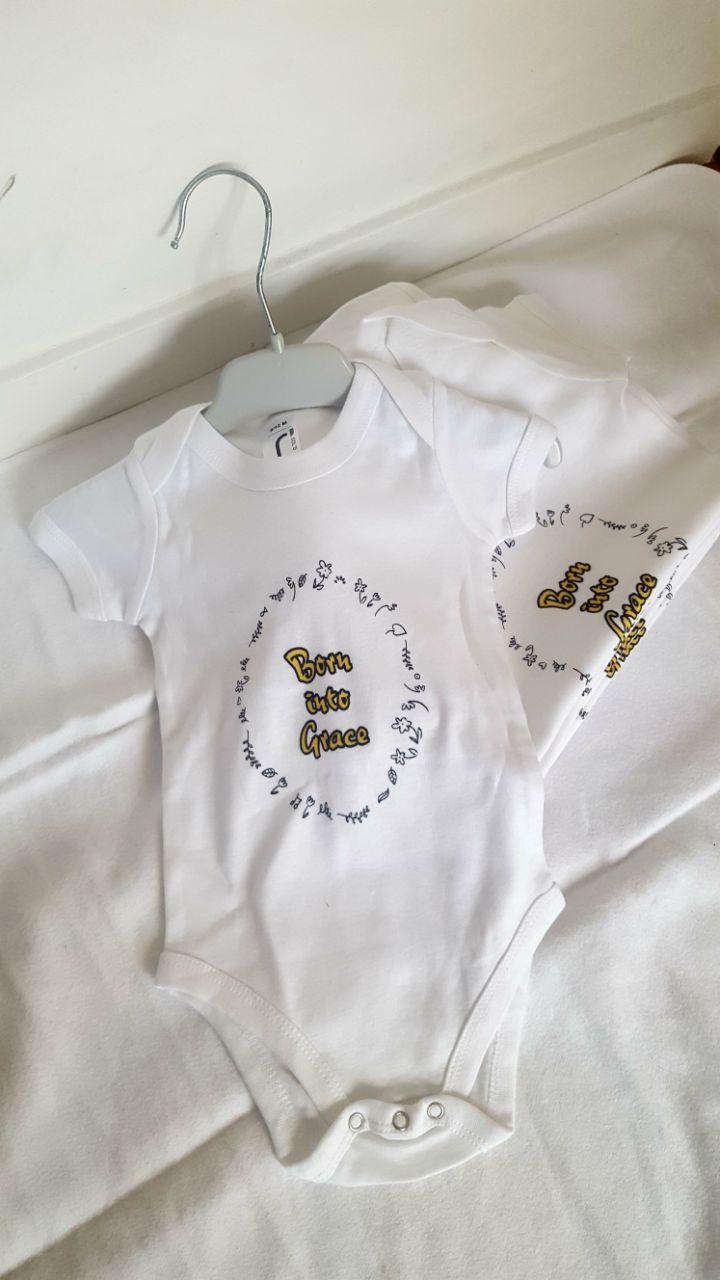

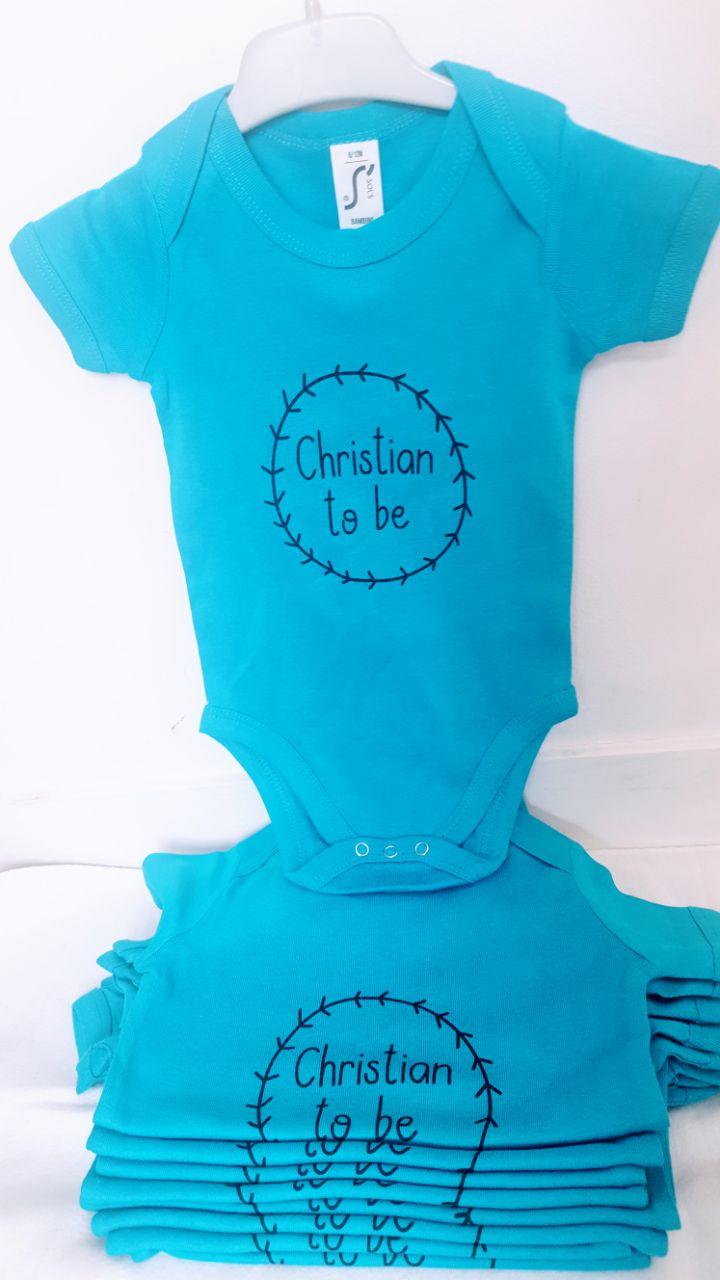

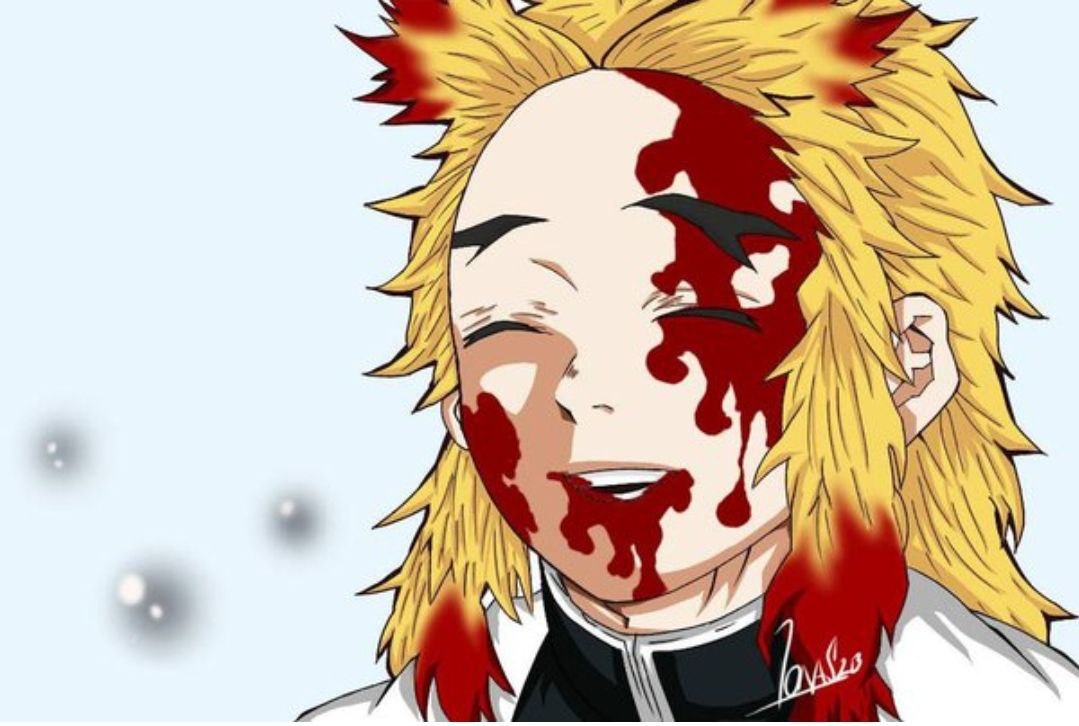
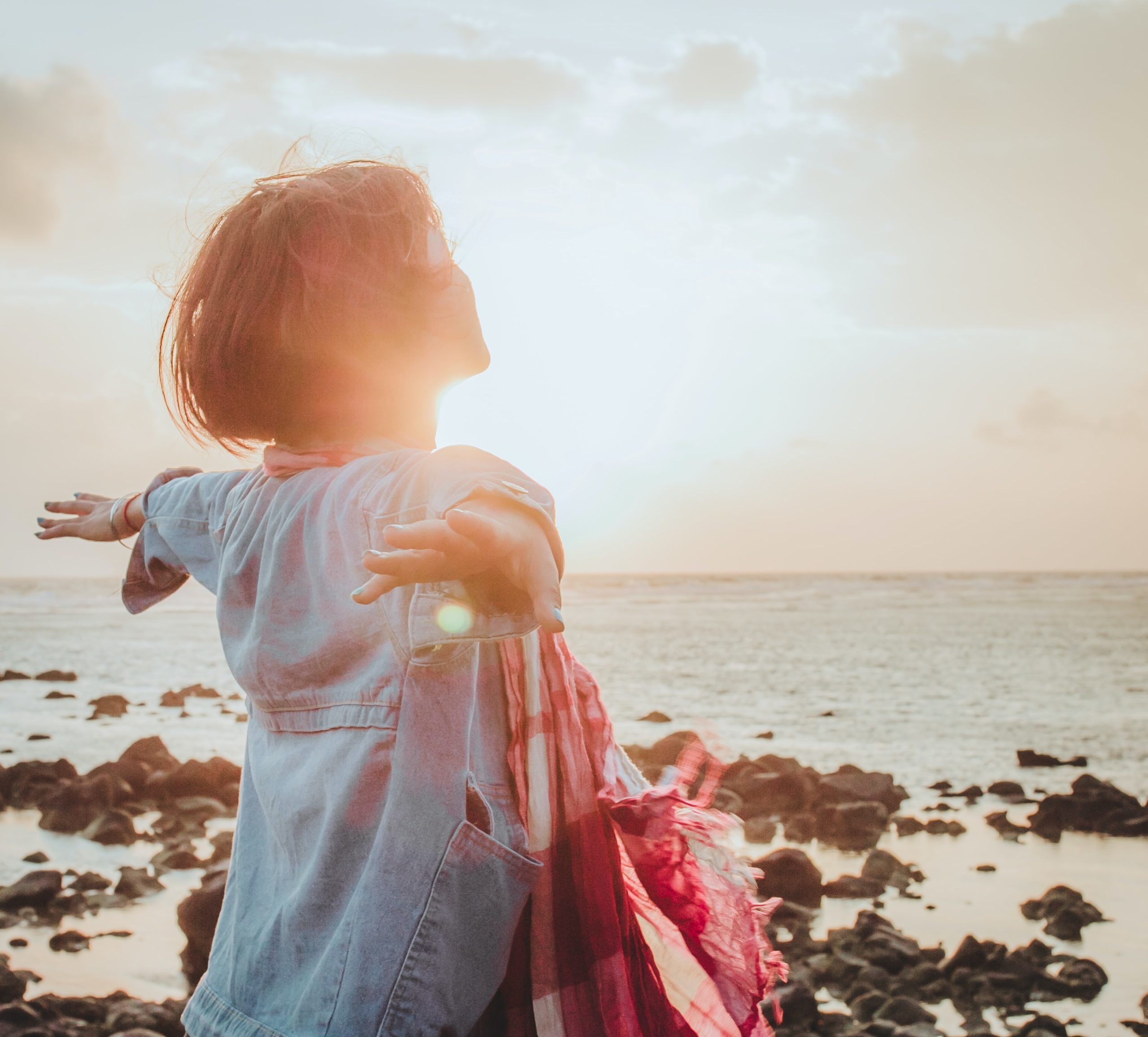
There is still so much to unfold about us and our past and our experience terrible experiences at the hands of calculating vicious europeans. We must leave the term slave and carry on with enslaved people. And we must always remember the difference in Cooperation and Collaboration. Let us not confuse the two. Though they may have began to cross as the level of chaos around the Continent excalated. We dont discuss enough the Chaos that must have ensued the continent due to these beast with no nations embarking on the banks of The African Continent.